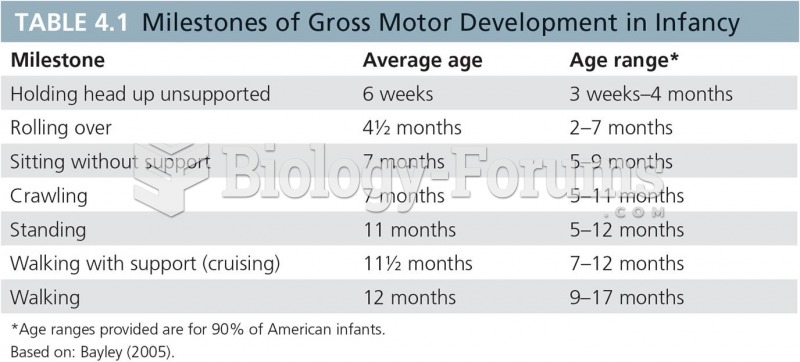Answer to Question 1
Correct Answer: 4
Rationale 1: The management of instructions is a health care provider-level factor, not a client-level factor.
Rationale 2: Making the regimen less complex is a health care provider-level factor, not a client-level factor.
Rationale 3: The social support network is a separate factor, not a client-level factor.
Rationale 4: Belief that the treatment will be effective is a client-level factor likely to improve adherence.
Global Rationale: Belief that the treatment will be effective is a client-level factor likely to improve adherence. The management of instructions is a health care provider-level factor, not a client-level factor. Making the regimen less complex is a health care provider-level factor, not a client-level factor. The social support network is a separate factor, not a client-level factor.
Answer to Question 2
Correct Answer: 2
Rationale 1: Gentamicin is a narrow-therapeutic-window drug, and levels should be assessed sooner.
Rationale 2: Gentamicin is a narrow-therapeutic-window drug that can cause ototoxicity and nephrotoxicity. A peak level can help determine the likelihood that it is the drug causing the hearing loss.
Rationale 3: It would be inappropriate to notice a sudden change in hearing and not consider that it might be drug related. Also, all adverse effects should be documented..
Rationale 4: Both vancomycin and gentamicin have the ability to cause nephrotoxicity and ototoxicity. Giving both together would not help the ototoxicity.
Global Rationale: Gentamicin is a narrow-therapeutic-window drug that can cause ototoxicity and nephrotoxicity. A peak level can help determine the likelihood that it is the drug causing the hearing loss. Gentamicin is a narrow-therapeutic-window drug, and levels should be assessed sooner. It would be inappropriate to notice a sudden change in hearing and not consider that it might be drug related. Also, all adverse effects should be documented. Both vancomycin and gentamicin have the ability to cause nephrotoxicity and ototoxicity. Giving both together would not help the ototoxicity.







